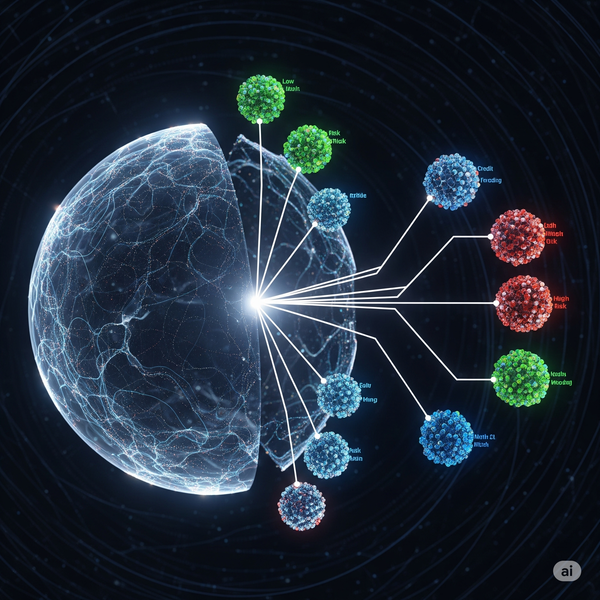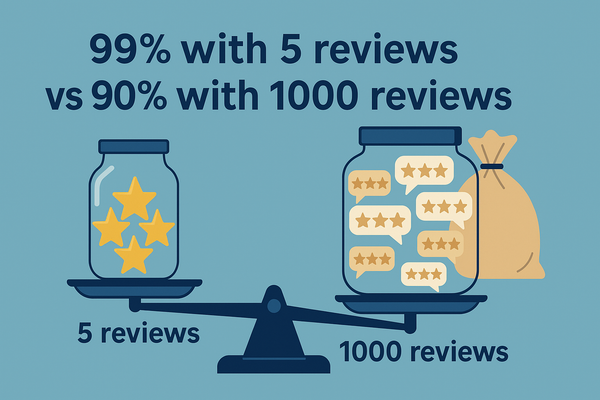My Micrograd Adventure: Learning Neural Network Internals with Gemini 2.5 Pro as My AI Tutor

Building neural networks often feels like magic. We import libraries like PyTorch or TensorFlow, stack some layers, call .fit(), and voilà! But what's happening under the hood? To truly understand concepts like backpropagation, I decided to follow Andrej Karpathy's fantastic 'nn-zero-to-hero' series and build Micrograd – a tiny automatic differentiation engine – from scratch.
Instead of just coding along, I wanted a more interactive experience. I decided to enlist Google's Gemini 2.5 Pro to act as my personal AI tutor. My goal wasn't just to replicate the code, but to deeply understand the why behind each step.
Setting the Ground Rules
To ensure I was learning and not just copying, I gave Gemini a specific set of instructions:
- Act as an expert AI tutor specializing in neural networks.
- Guide me through Karpathy's concepts and implementation steps.
- Critically: Provide hints and explanations ONLY when I ask or appear stuck.
- Absolutely NO direct solutions or complete code snippets. Focus on leading questions, small steps, and conceptual clarity (connecting code to math).
- Check my understanding periodically.
The Experience: A Patient, Socratic Guide
Overall, Gemini did a remarkable job adhering to these rules and fulfilling the tutor role. Here’s what worked exceptionally well:
- Understanding its Role: Gemini consistently acted as a guide, not an answer key. It asked probing questions ("What is the primary purpose of this Value object?") and used phrases like "Let's start with..." or "Okay, let's clarify..."
- Guidance on Demand: Whenever I explicitly asked for help – whether for a conceptual hint ("can you give me more hints on...?"), a refresher on Python ("remind me on python class structure", "give me a refresh on f-strings", "what is dunder method?"), clarification on an algorithm ("how recursive calls... return?"), or the derivative of a function ("what is the derivative of tanh?") – Gemini provided clear, targeted explanations without giving away the final implementation.
- Step-by-Step Breakdown: The process felt truly iterative. We started with the basic
Valueobject (data,grad), added representation (__repr__), then implemented operations (__add__,__mul__). Crucially, when adding backpropagation logic, Gemini guided the process of adding_children,_op, and the_backwardfunction step-by-step, including refining the__init__method multiple times based on my attempts. This continued through implementing thebackward()method itself (with topological sort) and building theNeuron,Layer, andMLPclasses. - Conceptual Depth: Gemini demonstrated a solid grasp of the underlying concepts. It could explain the chain rule in detail (especially when I asked for a deeper dive on
self.grad += out.grad * local_derivative), explain topological sort, break down parameter counts, and connect the Python code back to the mathematical operations and derivatives.
The Limitation: A Reactive Approach
However, my experience also confirmed my second observation: Gemini primarily acted as a reactive guide.
- No Anticipation: There was little sense that Gemini anticipated areas where I might struggle. It didn't proactively say, "Be careful here, many learners forget to..." or "Think about how Python handles list concatenation before you write the parameters method." The guidance came after I hit the wall or explicitly asked.
This reactive nature isn't necessarily bad – it forces the learner to attempt things first. However, it differs from an experienced human tutor who might anticipate common misconceptions. As I noted in my reflection, this likely stems from the model's lack of personalized learning history for me; it evaluates based on the immediate context, not my past struggles.
Interesting Nuances
Beyond the main observations, a few things stood out:
- Patience: Gemini was unfailingly patient, even when I pasted the wrong code or made the same mistake twice.
- Gentle Corrections: Corrections were often phrased politely ("Okay, you're very close!", "Excellent! You've made the correction.").
- Flexibility: It could seamlessly switch between discussing low-level Python syntax (like
lambdaorreversed()) and high-level concepts (like the chain rule or MLP architecture). - Error Diagnosis: Its ability to analyze the final
TypeErrorand suggest debugging steps was impressive.
The Outcome
Despite the reactive nature of the guidance, the process was ultimately successful! Following this guided, iterative process, I was able to implement:
- A functional
Valueobject supporting arithmetic, activations (tanh, exp), log, and power operations. - Correct forward and backward pass logic, including topological sort.
Neuron,Layer, andMLPclasses.- A basic training loop demonstrating the entire system working.
Final Thoughts
Using Gemini 2.5 Pro as an AI tutor for this Micrograd project was a valuable and illuminating experience. It excels as a patient, knowledgeable, Socratic guide that respects the learning process by not giving away answers. If you are willing to actively engage, ask questions, and learn from your mistakes, it's an incredibly powerful tool.
However, be prepared to be the primary driver. It won't hold your hand proactively or anticipate your stumbles like an experienced human might. For learners who benefit from identifying and correcting their own errors, this reactive style can be highly effective.
Is it a perfect substitute for a human expert? Not quite yet, especially in the realm of proactive guidance and personalized adaptation. But as a readily available, infinitely patient, and conceptually knowledgeable assistant for tackling complex technical projects like this? It's already impressively capable. My Micrograd adventure was certainly richer for having Gemini along for the ride.
Conversation log: https://gemini.google.com/share/d2106fdf4cf7




